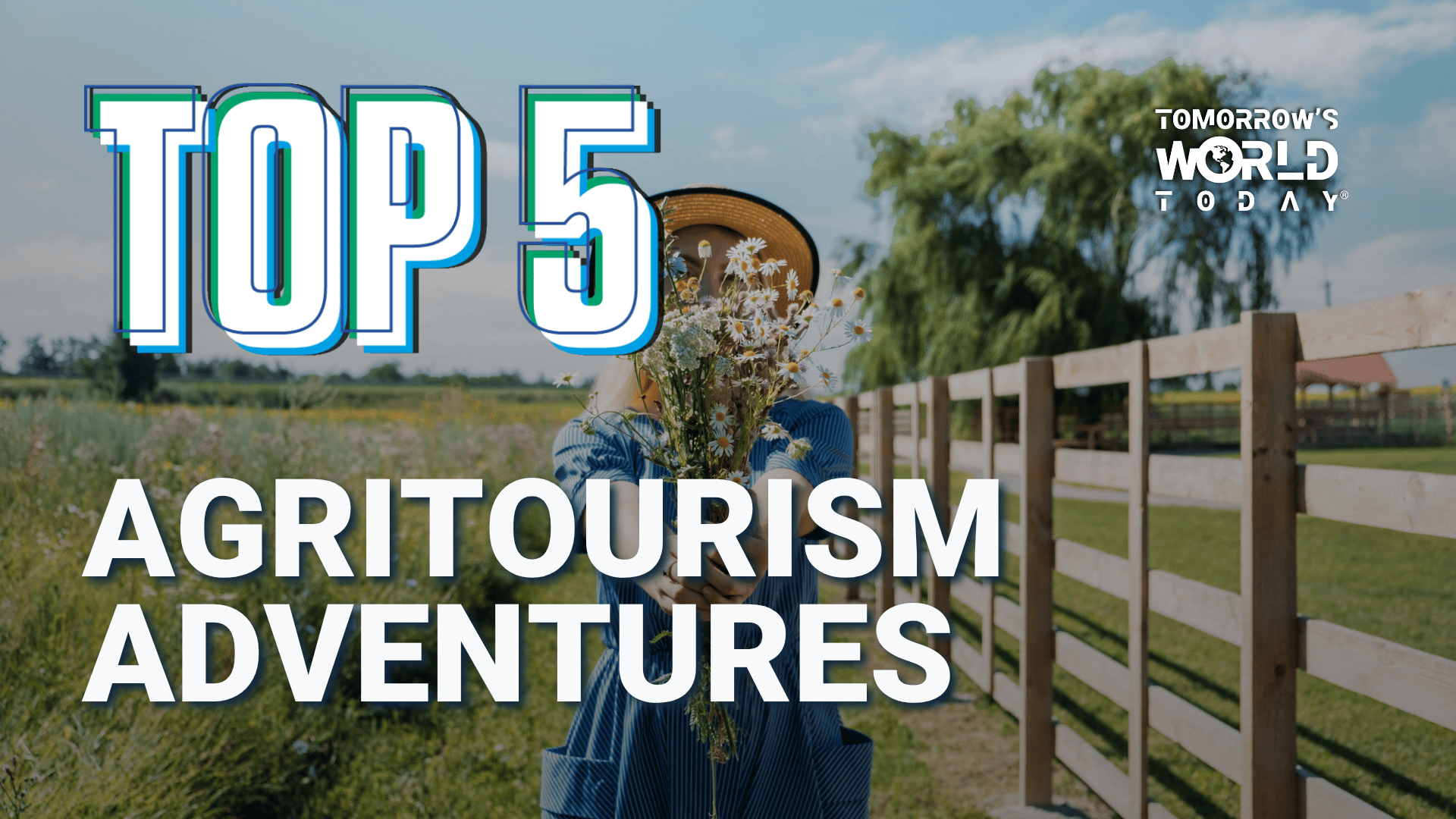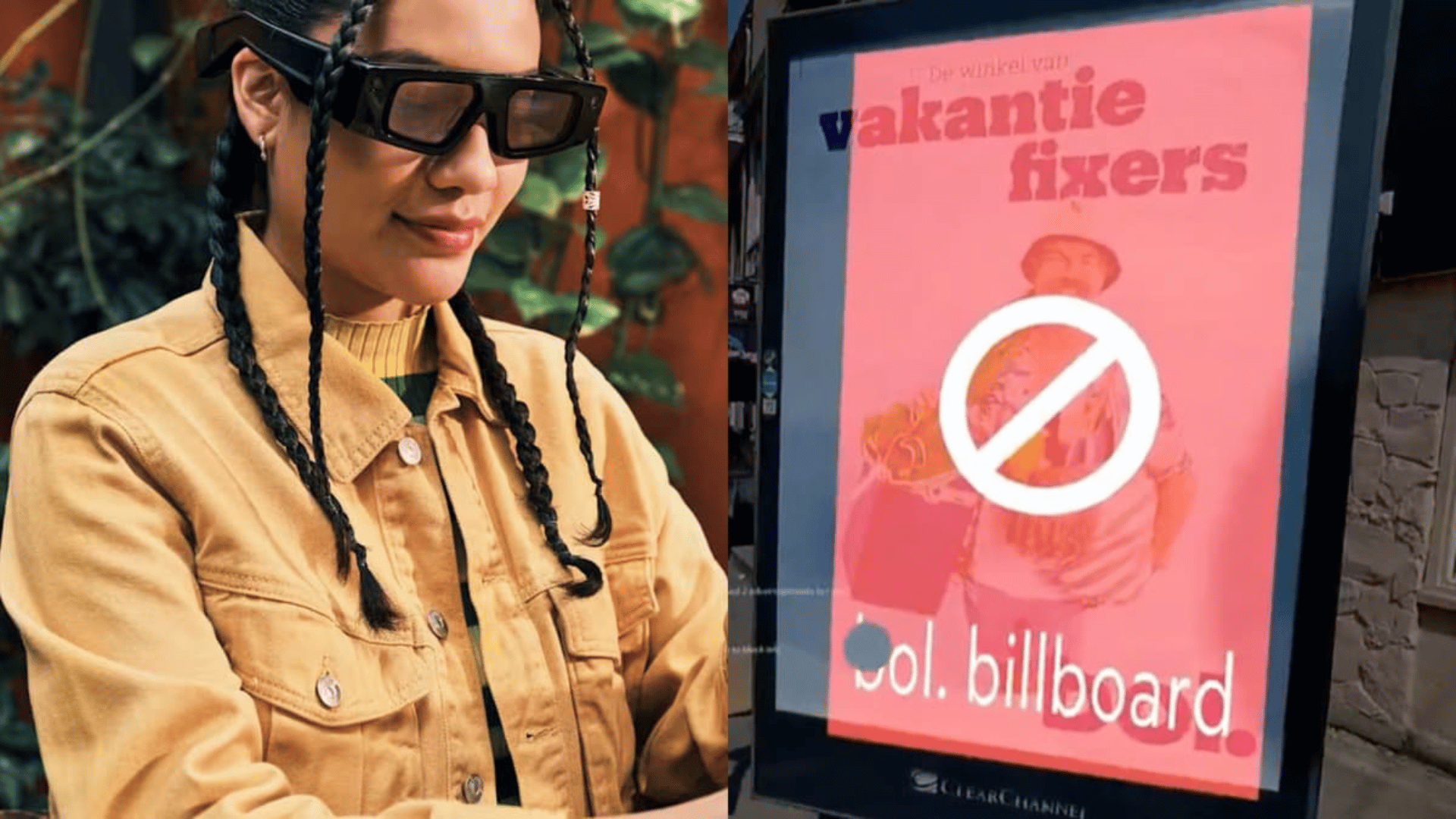This week is Spain’s annual Running of the Bulls as the Sanfermines Festival. Whether you are participating in person or watching it on your television at a safe distance, its rich history is worth noting.

Not Just For Barcelona…
While most are familiar with the event held in Pamplona, Spain, “running of the bulls” is a common practice throughout parts of Europe. A group of cattle, typically six, are let loose on sectioned-off streets of the city, chasing after participants. It is typically part of a summer festival, with certain breeds being favored over others. These bulls may also be used for bullfighting after the run has concluded.
In Pamplona, the Running of the Bulls has escalated to a worldwide phenomenon. Held during the nine-day Sanfermines Festival, tourists gather to watch the runners and cattle take to the streets. It’s a heavily- regulated event, with police involvement and strict requirements for participants. For those outside of Spain, the run is typically broadcast live on TV.
Encierro
The encierro, as it is typically called in Spanish, begins with the racers singing a hymn and praying to Saint Fermin for protection. The benediction can be roughly translated to “We ask Saint Fermin, as our Patron, to guide us through the encierro and give us his blessing.” The runners are often found dressed in the traditional white with red waistband and neckerchief. Then, at exactly 8 AM, the first rocket goes off, and the chase begins.
As the first rocket is released, the doors to the bullpen are opened. A second rocket notifies the runners all six bulls have left the pen. Two more are set off as the first and last bull enter the bullring, signaling the end of the event. All told, it lasts an average of two and a half minutes. The route is only 957 yards, roughly nine-and-a-half football fields. Despite lasting only a few moments, it’s still one of the most popular sporting events in the world.
Thank You, Hemingway
The Pamplona event partially rose into worldwide prominence thanks to American author Ernest Hemingway. Hemingway had watched the Running of the Bulls during his travels and would later be the focus of his books The Sun Also Rises and Death in the Afternoon. About 30 years prior, Louis Lumiere had filmed the Running of the Bulls as one of his first forays into cinema. This started a long trend of bull running in film, including documentaries and fictional works like City Slickers and Zindagi Na Milegi Dobara.
Being part of a festival means the Running of the Bulls is only one event of a larger celebration. Daily bull runs continue throughout the week, as do the bullfights. There are fireworks contests, dancing, rural sports demonstrations, and concerts practically every day. For kids (and those not too keen on facing down a real bull), the “Toro de Fuego” offers the same exhilaration. A fake bull filled with gunpowder chases guests through the streets. It’s safe and a wonderful spectacle of color, but the official website does suggest bringing a jacket.

Learn more about the World of Inspiration, and discover the wonder of the Southwest, Antarctica’s desert, and Ireland’s Cliffs of Moher.







